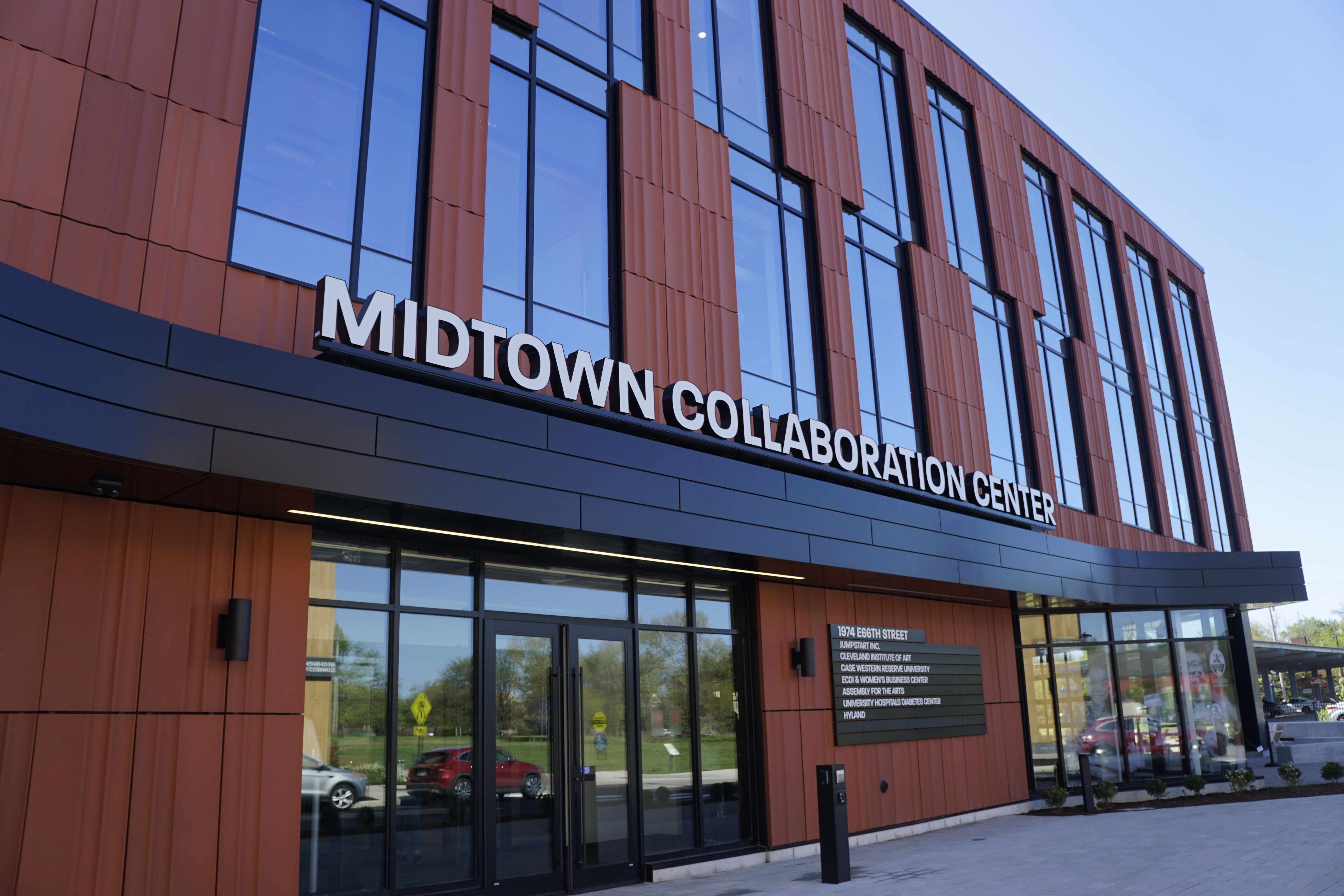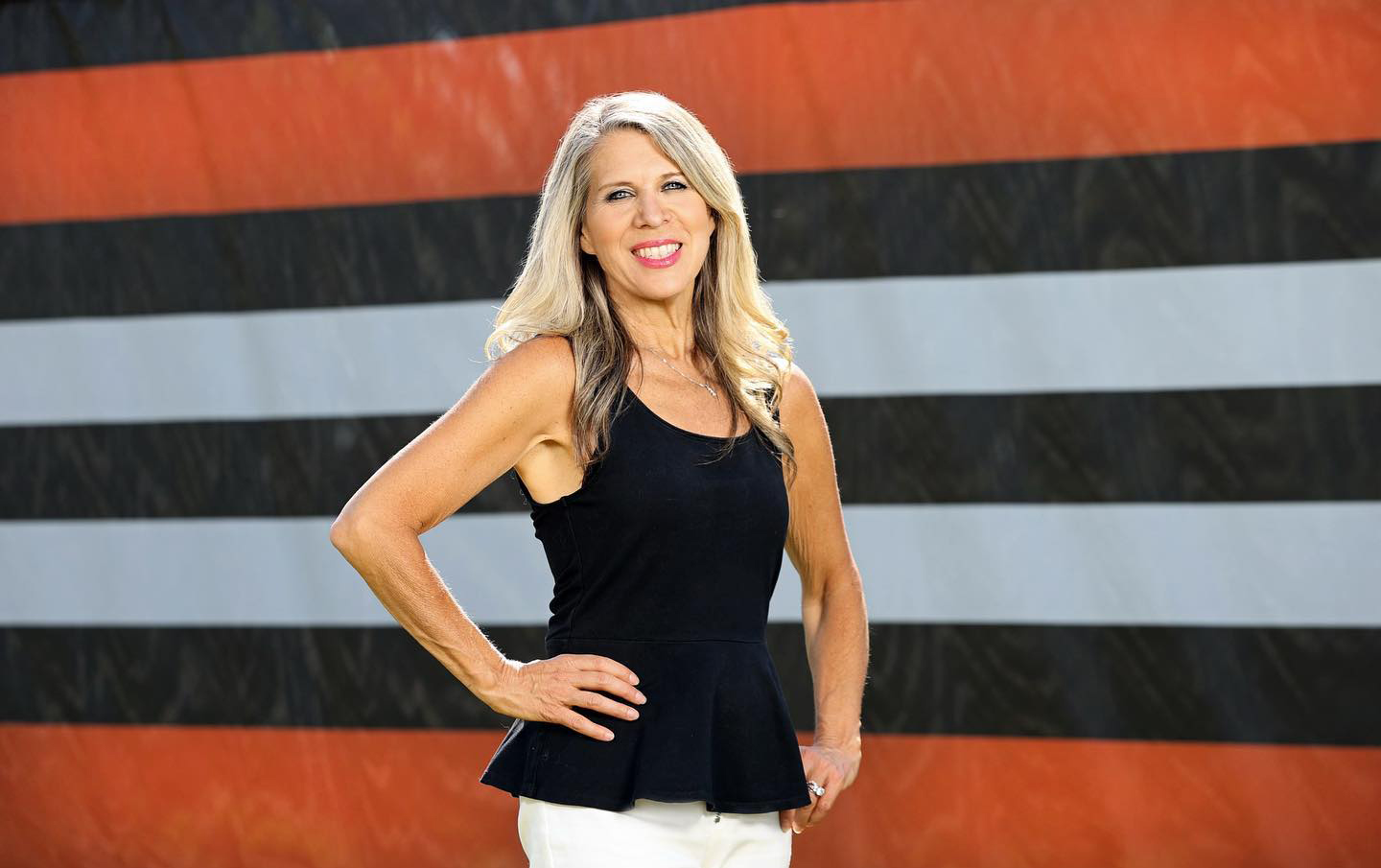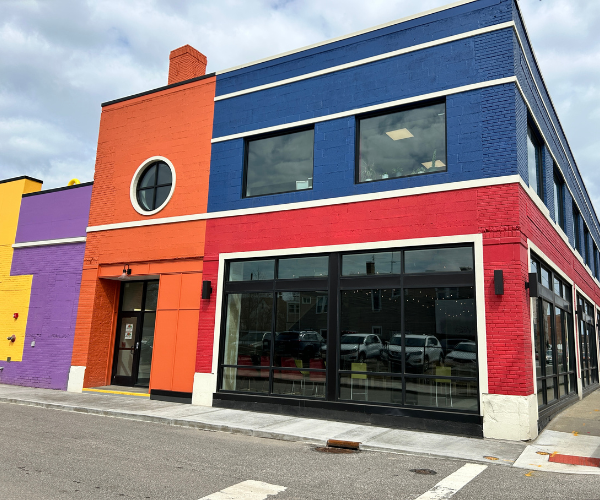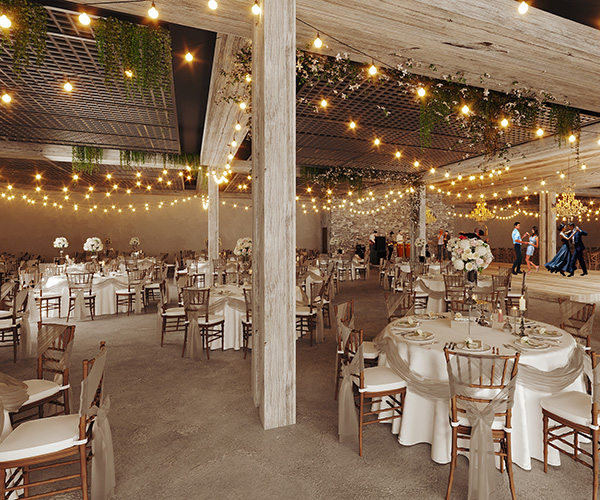A flat of flowers costs between $12 and $15. A pack of seeds costs about $1.50. But saving money isn't the only reason for growing your own seedlings. "Some people just like that feeling of taking the project from the very first step all the way to harvest," says Paul Pfeifer, a horticulturist at the Cleveland Botanical Garden. "It's kind of a barometer of spring to go out and buy your seeds."
In Cleveland, the average date of the last frost is May 10. For most plants, seedlings should be started about a month before you plan to transplant them outside, meaning early April is a good time to begin your operation.
Garden stores sell plastic flats specially made for starting seed, but Pfeifer says just about any container that's at least two inches deep will do, including egg cartons and old baking trays. Next, buy your seed. If you're a novice, Pfeifer suggests starting with less needy breeds, such as sunflowers, marigolds, wildflowers and petunias.
Read the package and make sure it specifies that the seeds were made for 2002. If you have old seeds laying around from last year, don't use it. Your germination rate will be slashed, taking your enthusiasm with it.
Fill your container with a so called "soil-less" mix — actually a blend of peat moss, pearlite and vermiculite — designed to promote good aeration and drainage. Now you're ready to actually plant your seeds.
This is the critical germination stage. For seedlings to sprout, they need two things: warmth and moisture. Make sure the "soil" is constantly moist, but not waterlogged. About 70 degrees is the right temperature. Window sills can leave your seeds too warm during the day and too cold at night. Odd as it may sound, Pfeifer says the top of a refrigerator provides the constant warmth your seeds crave.
Most seeds take between 10 and 14 days to germinate. Once they do, light becomes more of an issue. Bright, indirect light is best; Pfeifer suggests an east window. After the first leaves appear, it's time to thin your seedlings to only one per square inch.
By mid-May, your seedlings should be ready to make it on their own. Plant them outside and give them their first dose of fertilizer. Now, you just have to wait for them to bloom.
Trending
-
1
-
2
-
3
-
4
-
5










